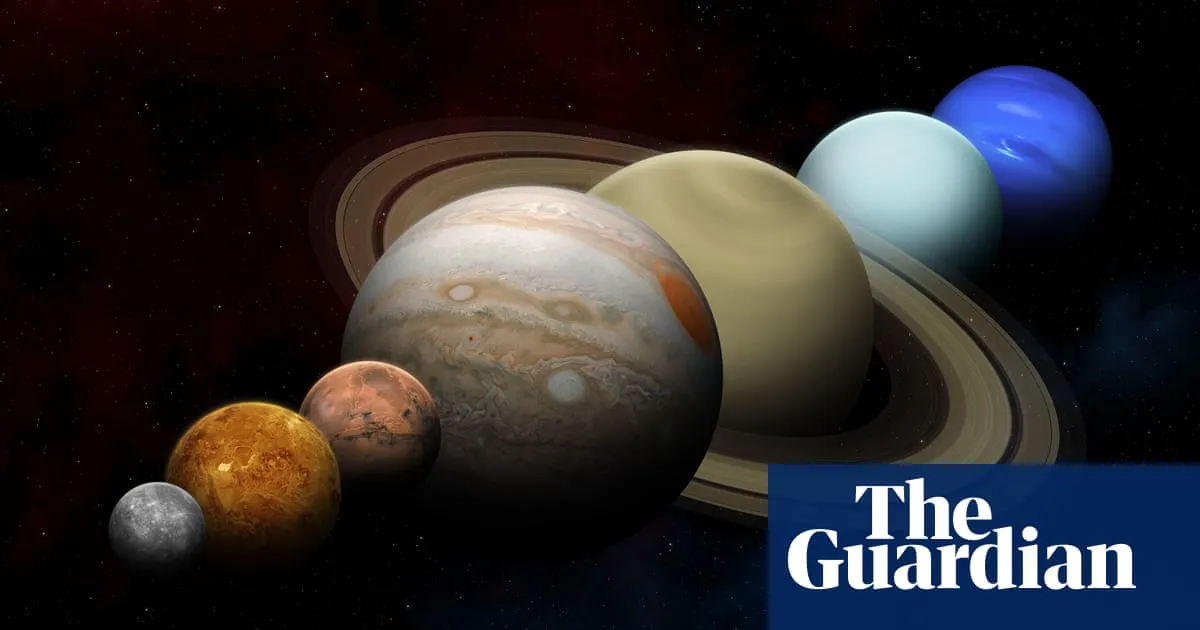
On the final day of February, sky enthusiasts are in for a treat as seven planets will align in what is famously known as a planetary parade. These celestial events occur when multiple planets become visible in the night sky simultaneously, creating a spectacular sight for stargazers. Dr. Greg Brown, an astronomer at the Royal Observatory Greenwich, explained to PA Media, “A planetary parade is a moment when multiple planets are visible in the sky at the same time. How impressive a parade it is will depend on how many planets are in it and how visible they are.”
This week, all seven planets are technically visible in the night sky, but their visibility varies significantly. According to Dr. Brown, “Mercury, Neptune, and Saturn are all very close to the horizon in the early evening and, particularly in the case of Neptune and Saturn, will struggle to be seen in the twilight.” Additionally, Uranus is faint, making it almost impossible to spot without binoculars or a telescope. On the brighter side, Venus, Jupiter, and Mars are all easily visible with the naked eye, providing a stunning show for casual observers.
A grouping of four or five planets visible to the naked eye occurs every few years, as stated by NASA. Dr. Brown noted, “Groups of three, four, or even five planets being visible aren’t uncommon, regularly appearing throughout each year.” However, he emphasized that the more planets involved, the more precise the alignment needs to be, making full seven-planet parades quite rare. A similar alignment took place last June, but only two planets were visible without special equipment. In January, six planets were visible, with four observable to the naked eye, and now a dim Mercury joins the lineup.
For those eager to catch a glimpse of this celestial event, Dr. Shyam Balaji, a researcher in astroparticle physics and cosmology at King’s College London, provided insights on optimal viewing conditions. He stated that the best time to observe the alignment in the UK is on February 28, shortly after sunset when the planets will be positioned above the western horizon. The same advice applies to Australia, where stargazers should look north after sunset. In the US, experts recommend heading outside about 30 minutes post-sunset and finding a location away from bright lights for the best experience.
Stargazing apps can be incredibly helpful for enthusiasts wanting to locate the planets just after sunset around the world. For those utilizing telescopes, Dr. Brown suggests looking for the moon shapes of the planets. He mentioned, “Using a telescope, try looking for the moons of Jupiter or the shape of the illuminated part of Venus’s surface – like a tiny crescent moon.”
As the planets slowly make their exit through the spring, this planetary parade offers a unique opportunity for both amateur and seasoned astronomers alike. Whether using the naked eye or advanced equipment, the alignment of these seven planets is a mesmerizing spectacle that shouldn’t be missed.